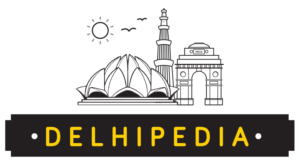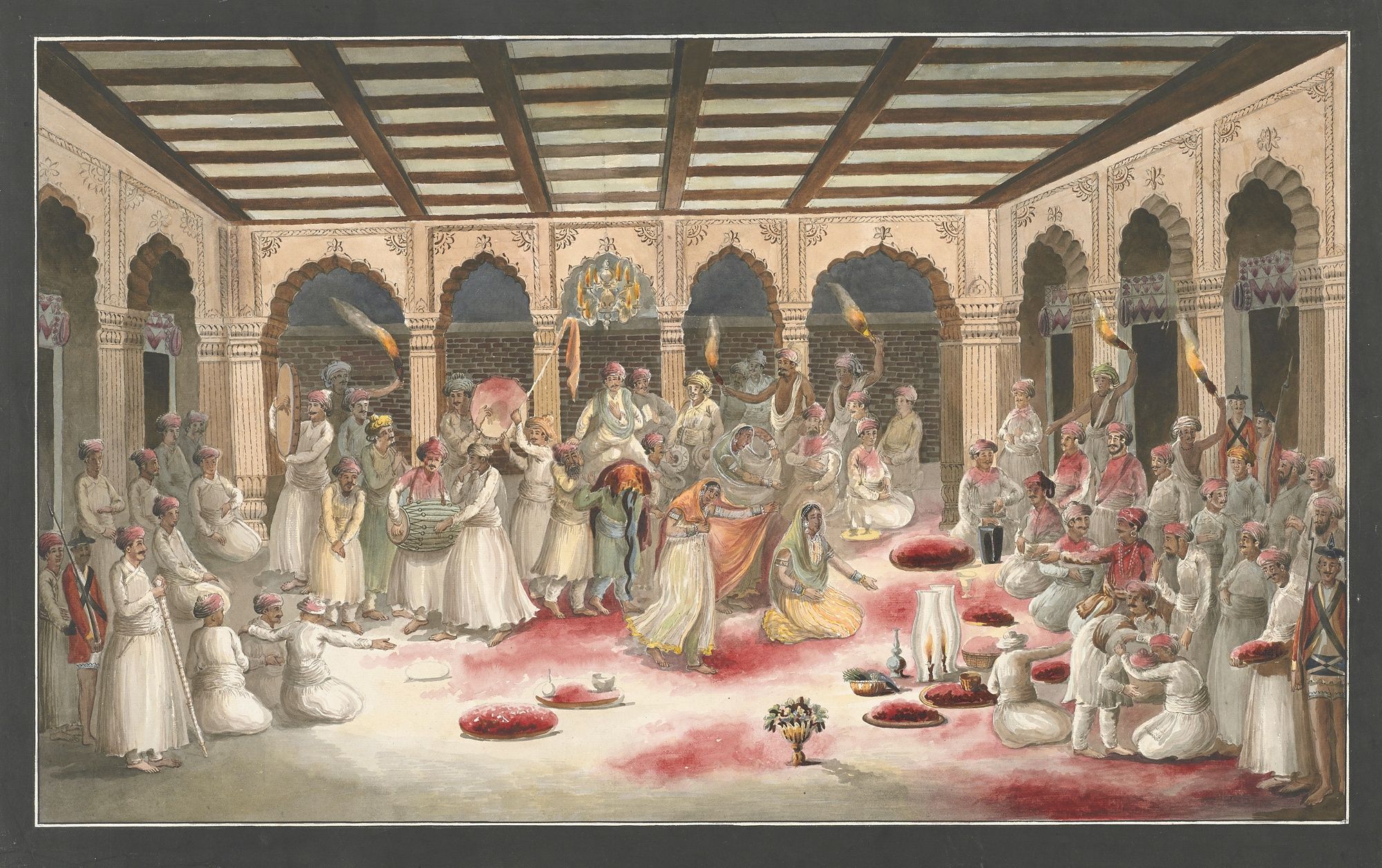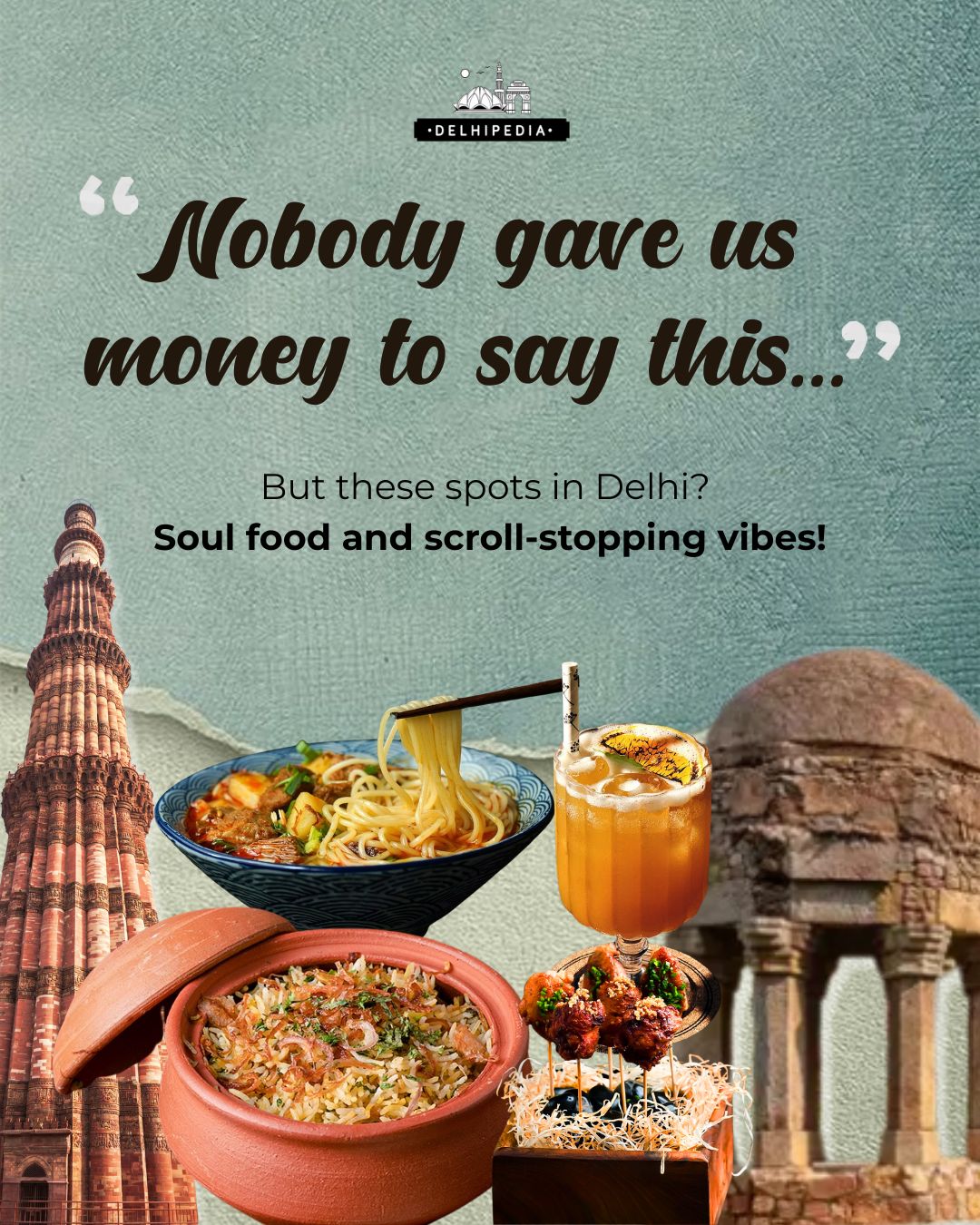The festival of Holi means different things to different people across the country. Where some celebrate the triumph of good over evil, others celebrate the eternal love of Radha and Krishna. India is a vast land with many cultures that coexist. The festival too, therefore, coexists in many different forms across different regions.
1. Lathmar Holi
Lathmar holi is a popular tradition of Holi celebrated in the Uttar Pradesh region of India in the days prior to Holi. The tradition goes back to tales of Lord Krishna teasing Radha and her friends, who then drove him away. As a recreation, Nandagonian men visit Barsana and are greeted by women hurling sticks at them. Those who fail are captured by these women who then dress them in female apparel and make them dance in public.
2. Dola
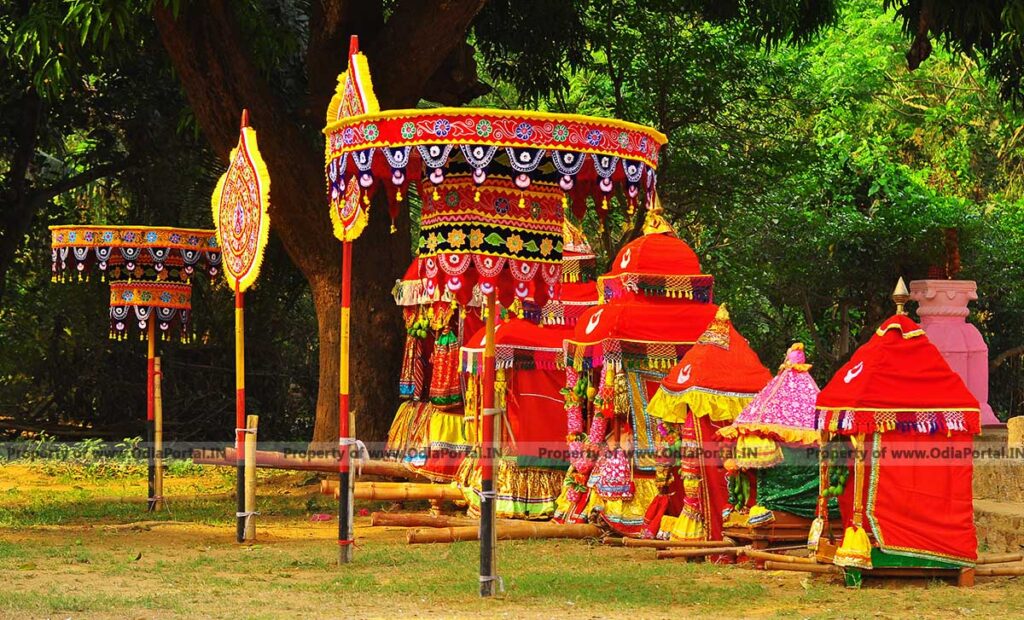
Dola holi is celebrated in the coastal region of Odisha. The celebration starts on Falgun Dashmi when idols of the village deities are carried in processions. The deities are offered bhog as the procession stops at many households and their carriers are smeared with Abhira, a type of coloured powder.
3. Basant Utsav

Literally meaning the festival of spring, this festival is celebrated in West Bengal in ways similar to that of Holi. It was started by Rabindranath Tagore in Shantiniketan, where it is celebrated with great fervour. People come together dressed up and greet each other with Abirs.
4. Yaoshang

Yaoshang is celebrated as a spring festival in Manipur for five days, starting on the full moon day of the month of Lamda. Like Holi, this festival is also celebrated with colours in addition to different traditions followed across the five days of the festival (including bhajans and kirtan and burning of a straw hut).
5. Hola Mohalla
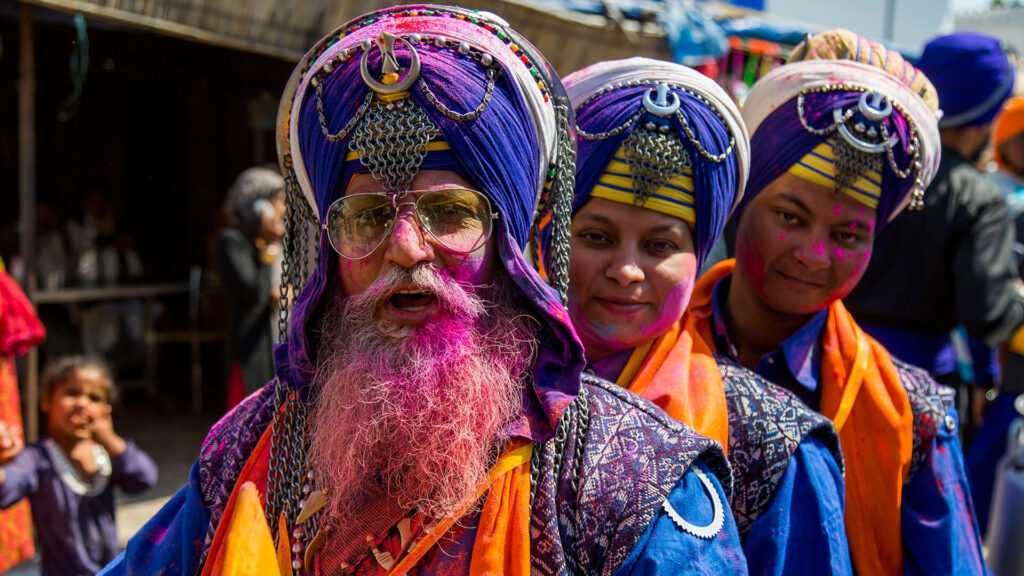
Hola Mohalla is a three day long Sikh festival which normally falls in March, sometimes coinciding with Holi. The people celebrate with a three-day long fair held during Holi where participants enjoy various displays of fighting, prowess and bravery, and listen to kirtan, music and poetry.
